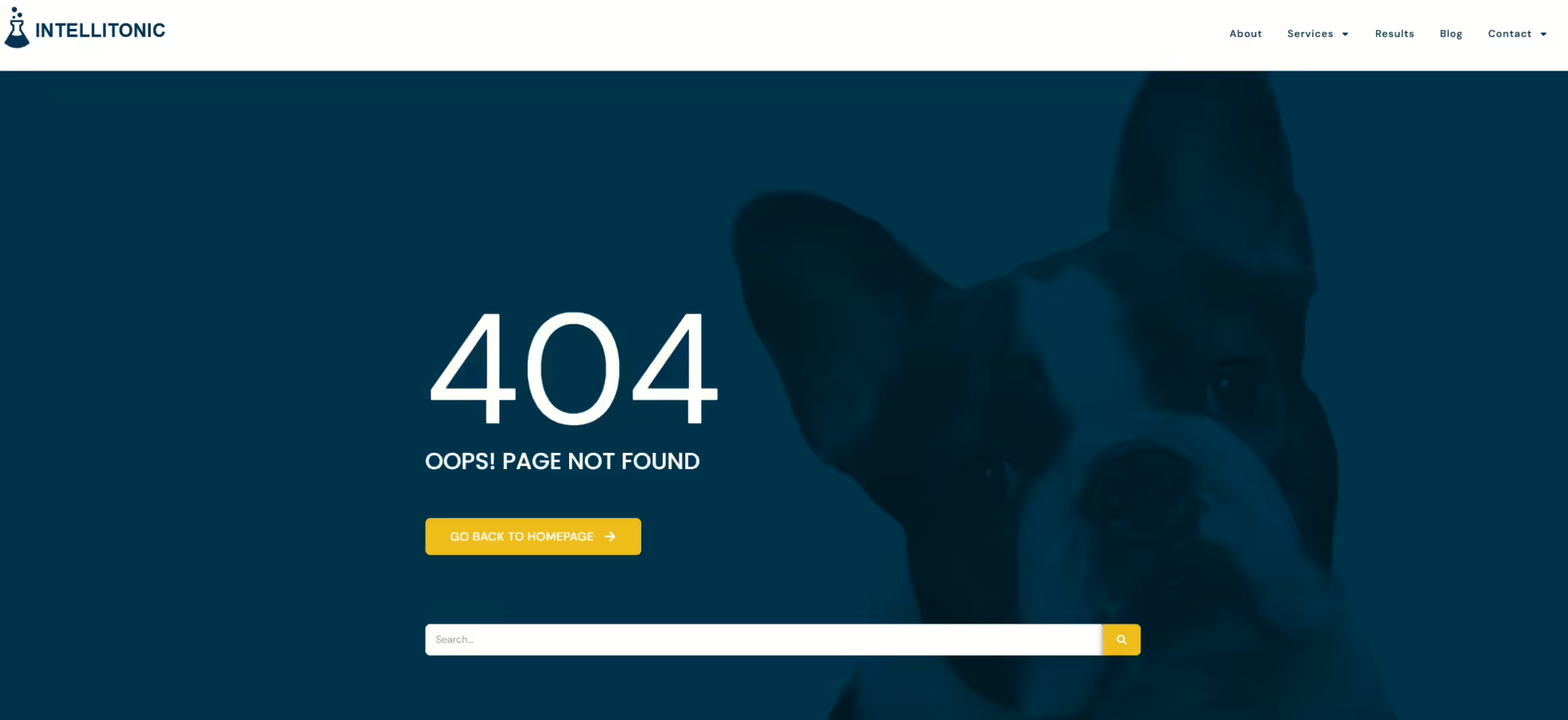How to Handle Website Redesigns, Theme Changes, and Domain Migrations—Without Losing SEO Value

Imagine launching your sleek, new website—and watching your traffic plummet. Website redesigns, replatforms, and theme flips aren’t just aesthetic choices; they’re opportunities to address what’s working, fix what’s broken, and set your site up for sustained growth. However, without careful planning, you risk losing hard-earned rankings and traffic.
At Intellitonic, we’ve refined our approach to SEO-focused website rebuilds into a specialized offering—because we’ve seen firsthand how much damage neglect can cause.
Step 1: Define Your Goals
Before you dive into technical details, clearly define why you’re undertaking this project. Are you aiming to:
- Improve user experience?
- Add new features?
- Update branding and visual style?
- Merge or consolidate multiple domains?
Your primary goal will drive your strategy. Typically, user experience and functionality take priority, followed by aesthetics and technical needs.
Step 2: Audit Your Current Website
Thoroughly analyze your existing site to pinpoint strengths and weaknesses:
- Identify Pain Points: Where are users frustrated or leaving?
- Keyword Research: Refresh keyword targets based on your new objectives.
- Content Inventory: List live pages and flag those driving traffic, rankings, or backlinks.
- Historical Content: Use the Wayback Machine to find older pages worth restoring.
- Backlink Audit: Tools like Majestic can uncover valuable backlinks to protect.
- Analytics Review: Analyze Google Analytics landing page reports to understand actual user engagement.
Step 3: Develop Your SEO Strategy
- Update Your Keyword Strategy: Spot new opportunities and address gaps.
- Content Action Plan: Decide which pages to keep, combine, rewrite, or discard based on audience needs and keyword relevance.
- Prioritize New Content and Features: Create a wish list and validate feasibility with your development team.
Step 4: Structure Your Site and Map Redirects
- Visual Sitemap: Clearly outline your new site structure beyond just the XML sitemap.
- Redirect Mapping: For any deleted pages, set 301 redirects to maintain SEO value.
- Collaborative Review: Confirm redirect accuracy with your client and development team—critical for larger migrations.
Step 5: Prepare the Development Site
- Early Access: The sooner you can review the dev site, the better.
- Metadata Checks: Ensure titles, descriptions, and structured data are carried over correctly.
- Tracking Setup: Verify Google Analytics, Tag Manager, and ad pixels are properly configured.
- Technical Audit: Confirm HTTPS, canonical tags, robots.txt, sitemap.xml, plugins, and image optimization.
- Site Crawl: Use tools like Screaming Frog to detect broken links or missing alt text.
- Conversion Testing: Check forms, CTAs, and e-commerce tracking thoroughly.
Step 6: Launch and Post-launch Monitoring
- Immediate Crawl: After launch, quickly scan for 404s, broken links, or metadata issues.
- Analytics Verification: Ensure all tracking and conversions are active.
- Search Console Monitoring: Watch closely for errors or ranking fluctuations.
- Conversion Checks: Re-test all forms and CTAs post-launch.
- Site Speed Tests: Diagnose and fix performance bottlenecks.
Protect Your SEO, Strengthen Your Site
A successful website redesign isn’t just about a polished new look. By integrating SEO into every phase—from initial auditing through launch—you can not only preserve your rankings but emerge even stronger. We’ve seen websites significantly improve post-launch when these practices are followed carefully.
Pro tip: Assign a dedicated project manager to oversee SEO practices throughout your rebuild. Many migrations fail due to neglected SEO details or careless redirect handling, causing significant losses in traffic and rankings.
If you’re planning a website redesign or simply want expert eyes on your migration plan, we’re here to help. Reach out anytime to discuss your next steps.
